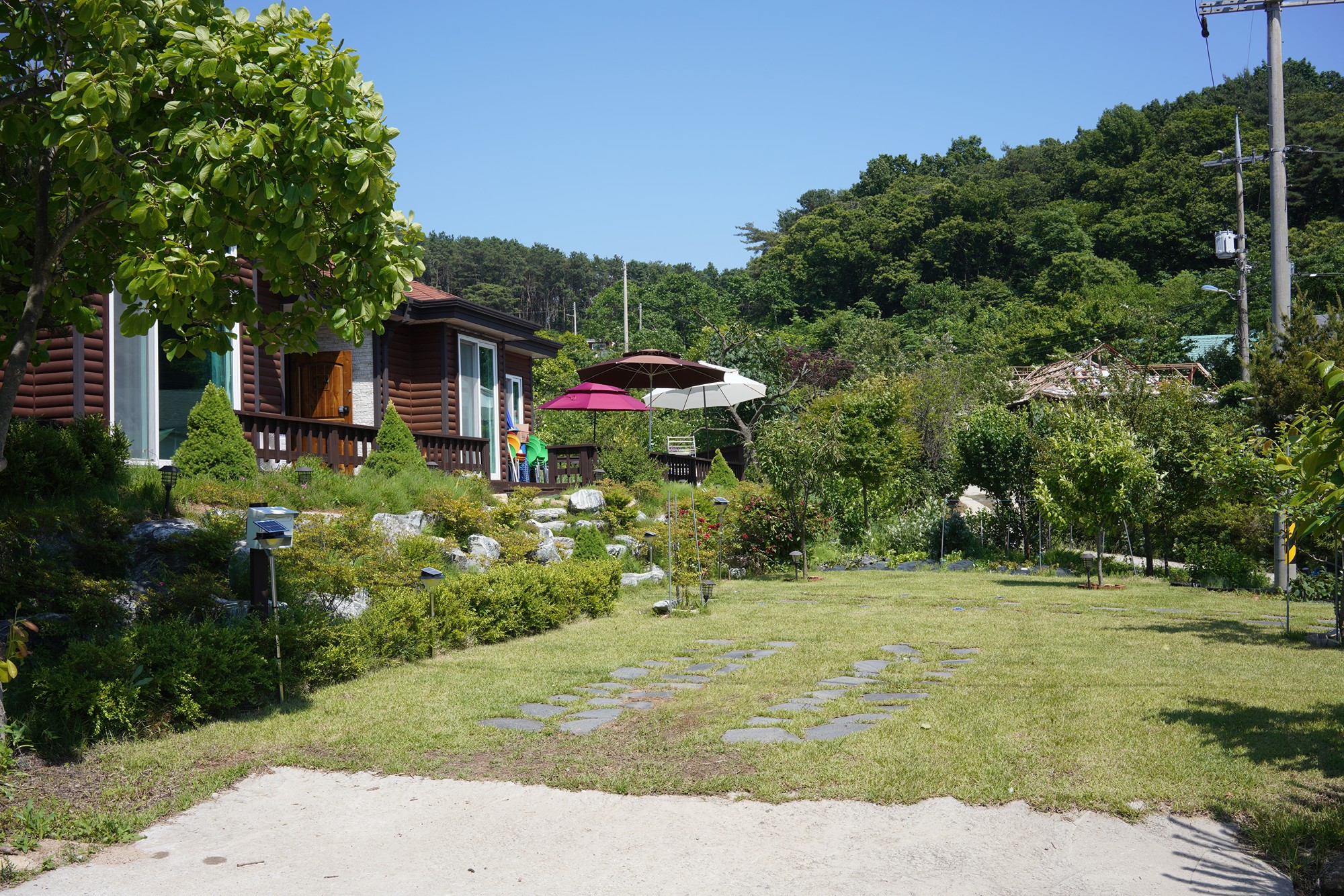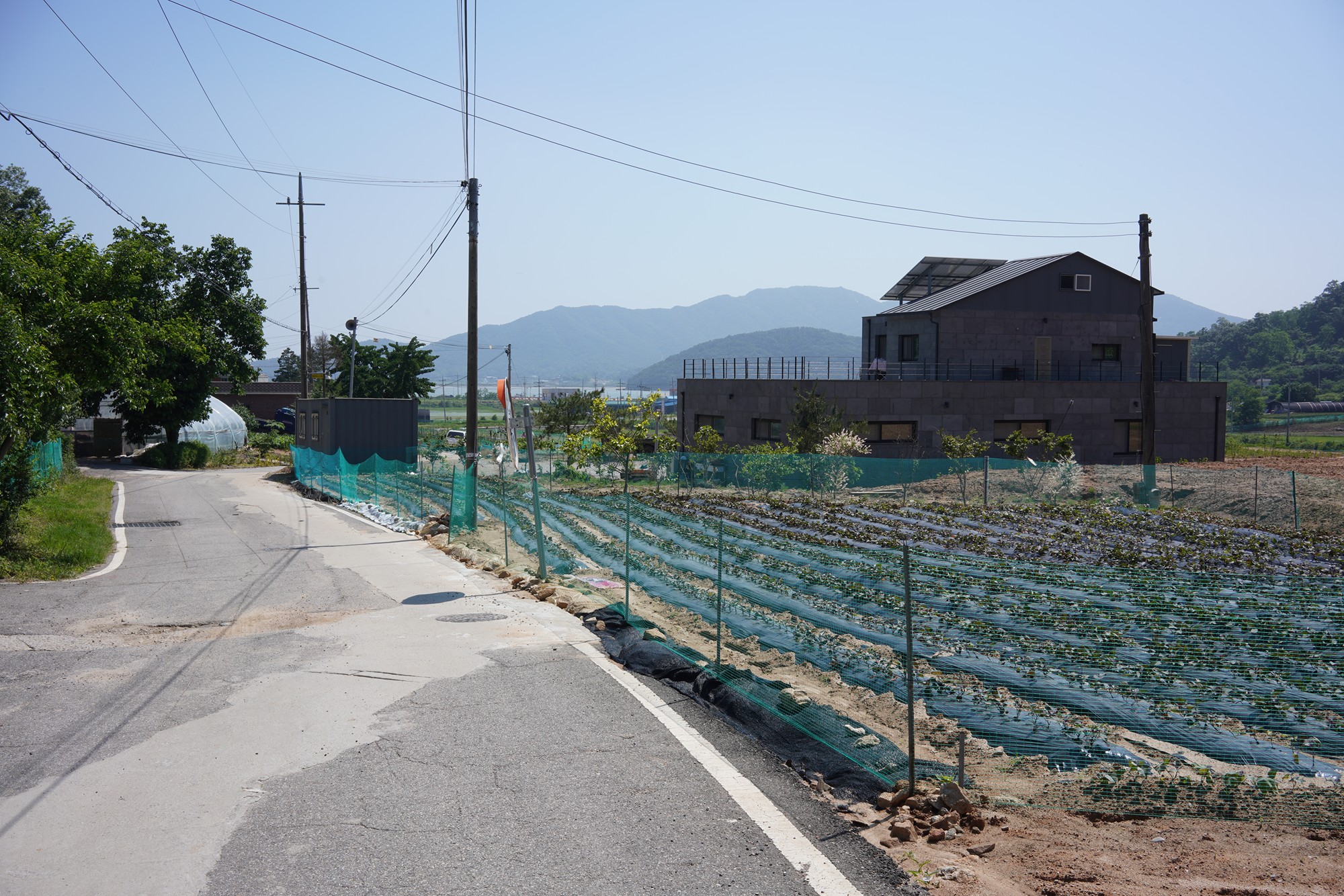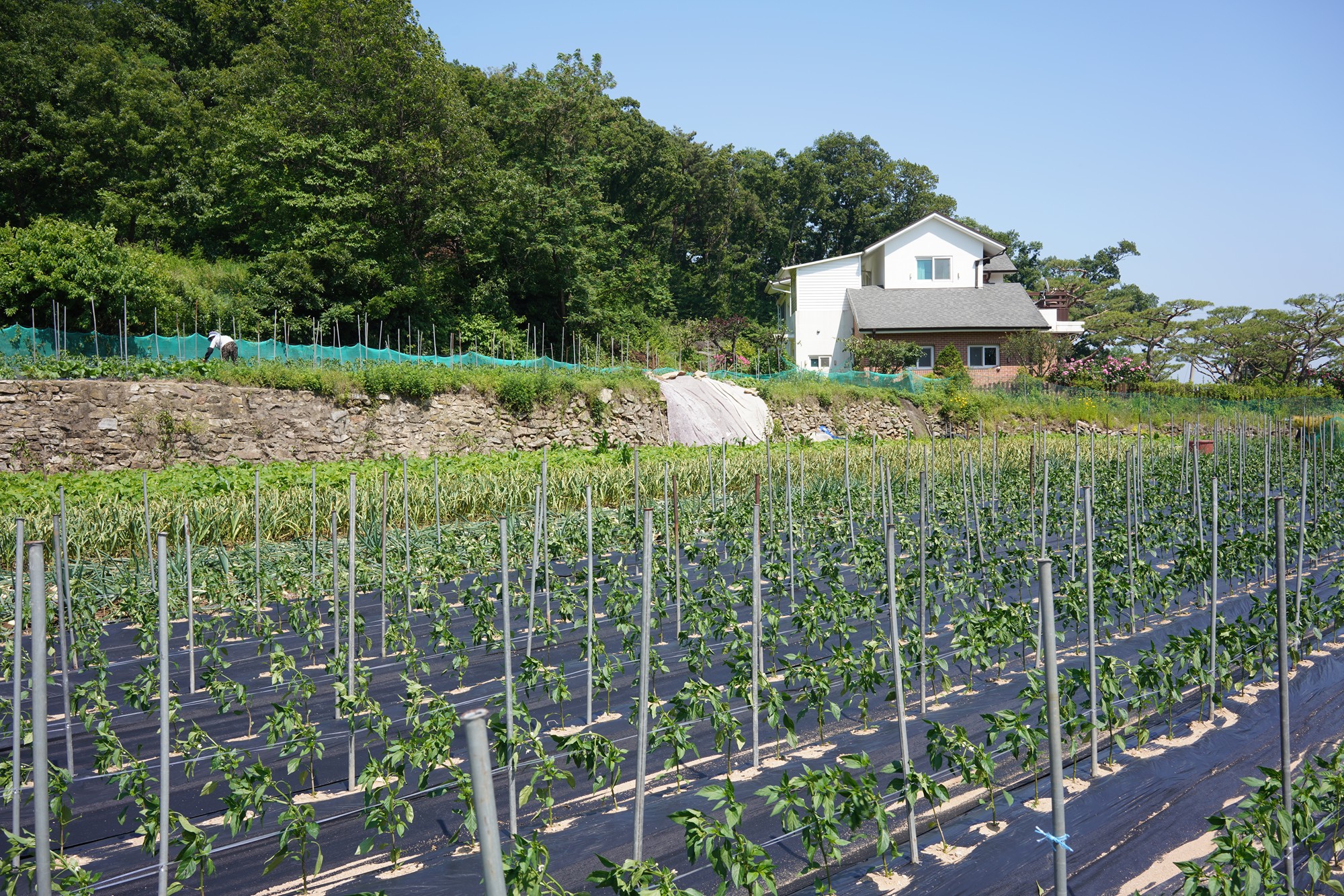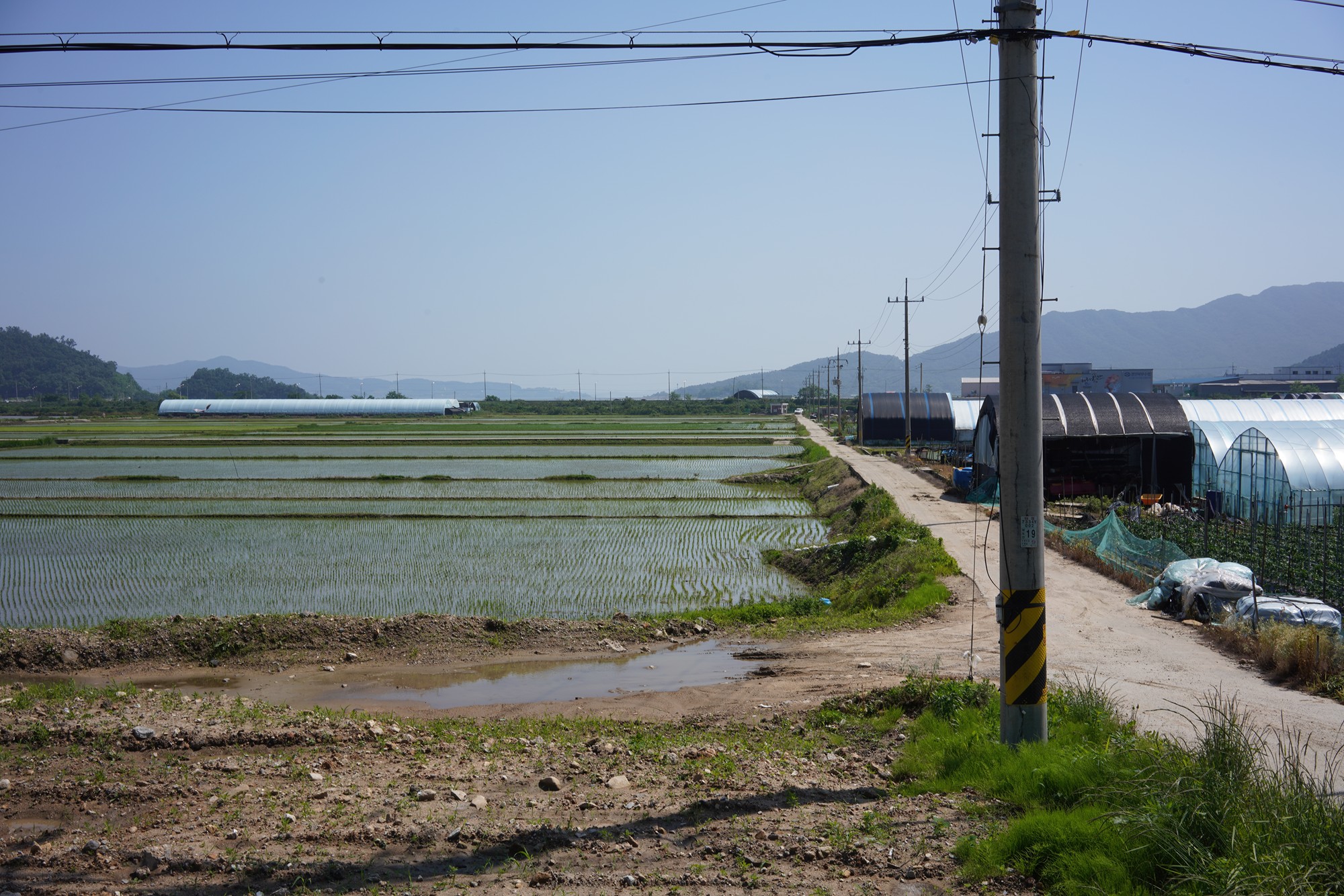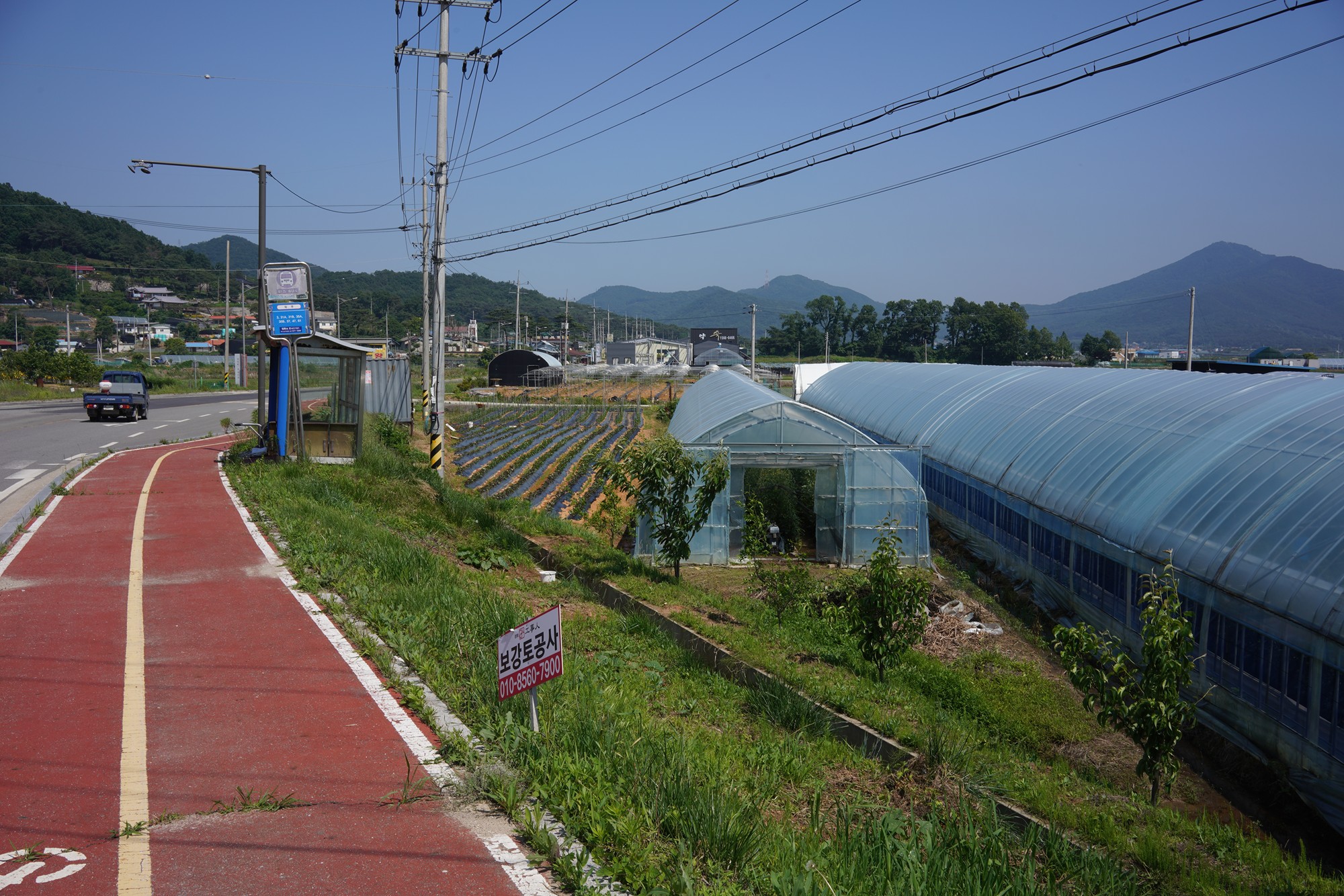Ganghwado, South Korea
Ganghwa Island, also known by its native name Ganghwado, is a South Korean island located west of Seoul. Because this island is located near the seaway close to Seoul, many invaders have passed through this island. 192
Gangwha Domen Park: 994-19 Ganghwa-daero, Hajeom-myeon, Ganghwa-gun, Incheon, South Korea
The Dolmens were generally used as tombs, also used to symbolize communal tombs or altar for religious service. They are called “Goindol” in Korea.
The dolmens are megalithic culture, which appeared after the beginning age of agricultural development, and the number of dolmens around the world counts for about 55,000 and 26,000 of them are scattered in Korea, which is about 50% of the entire number of dolmens. This means Korea plays an important role as the center of megalithic culture.
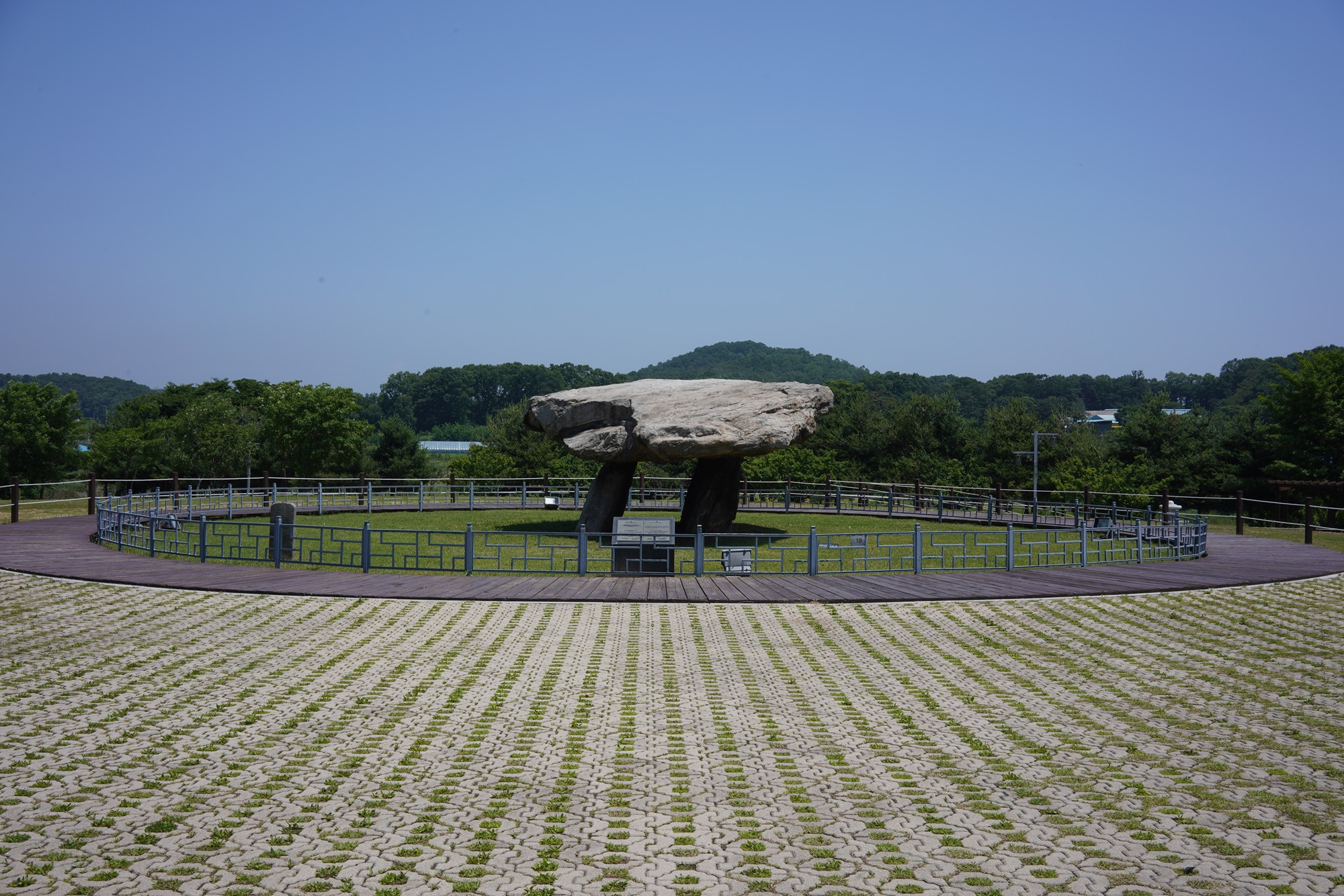
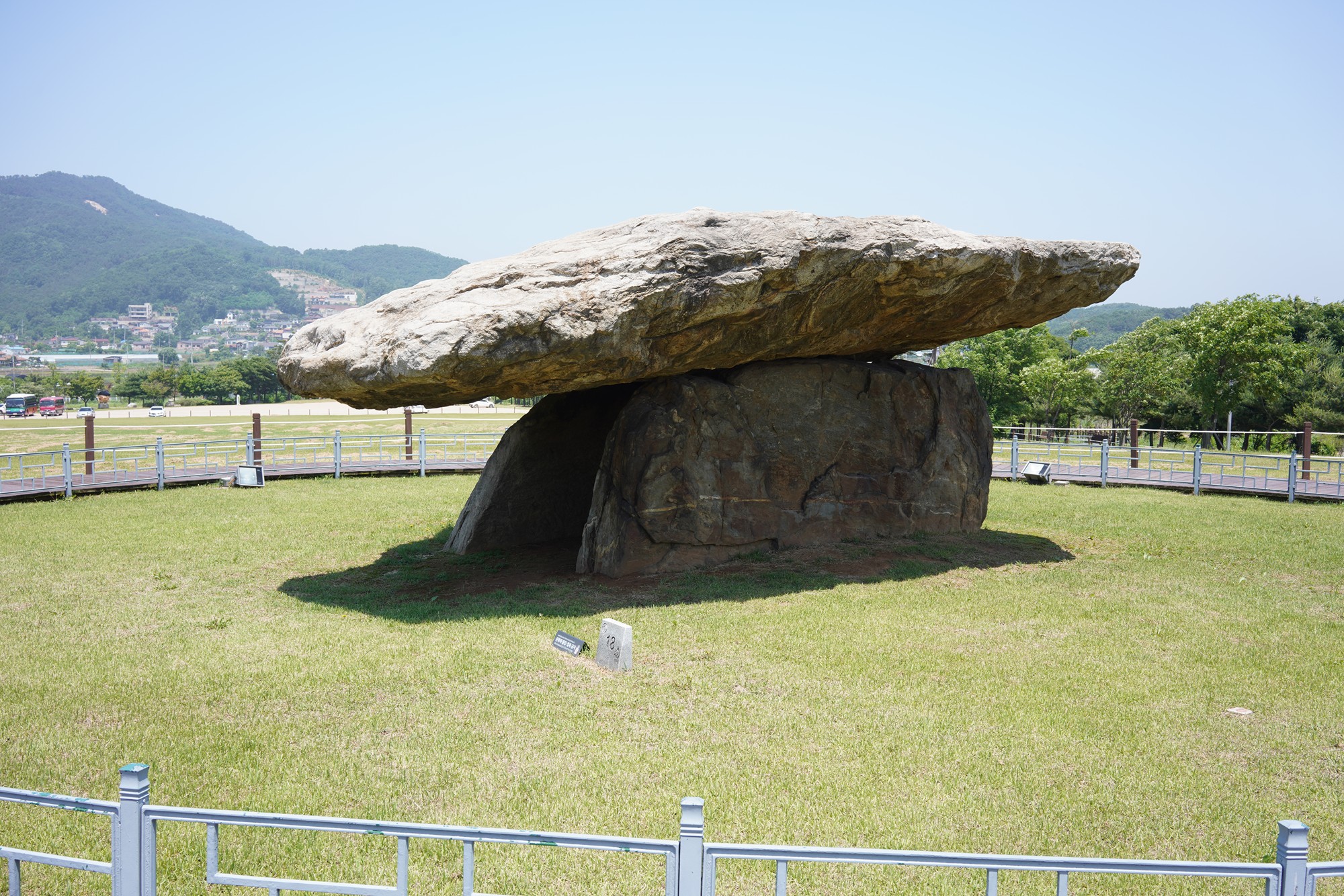
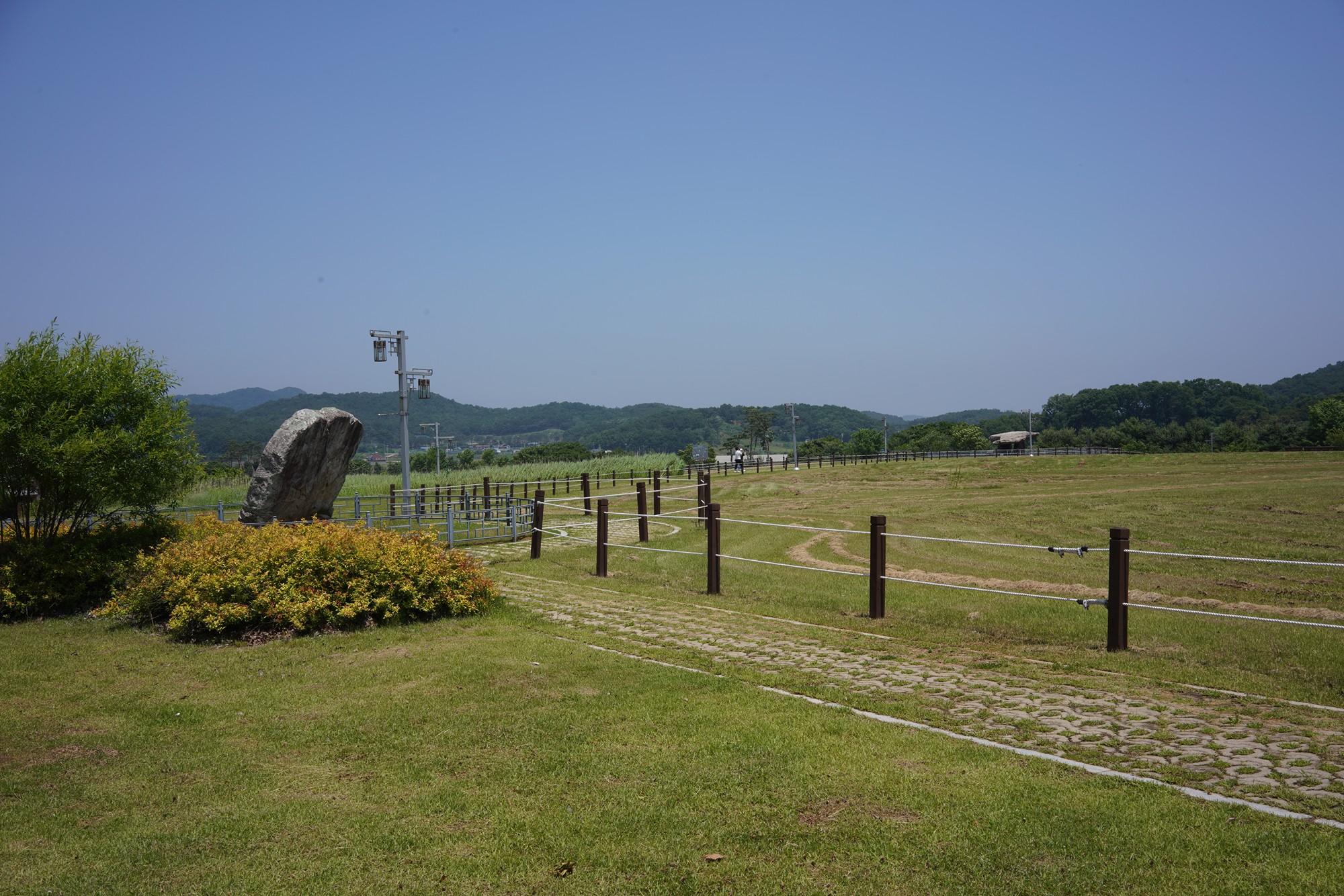
There are many dolmens near this park, but it would take a good part of a whole day hike to see them all. The pictured dolmens were in short walking distance.
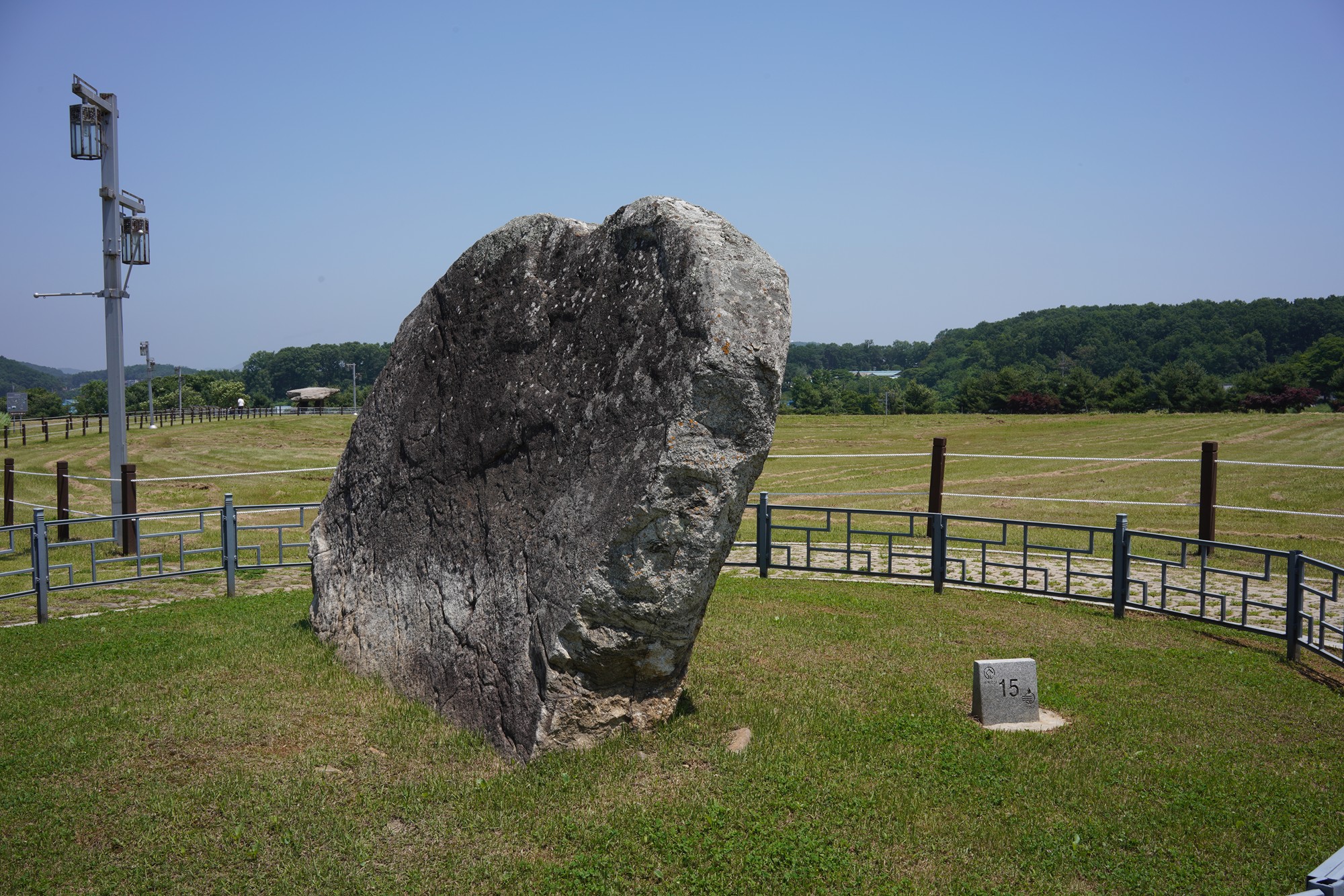
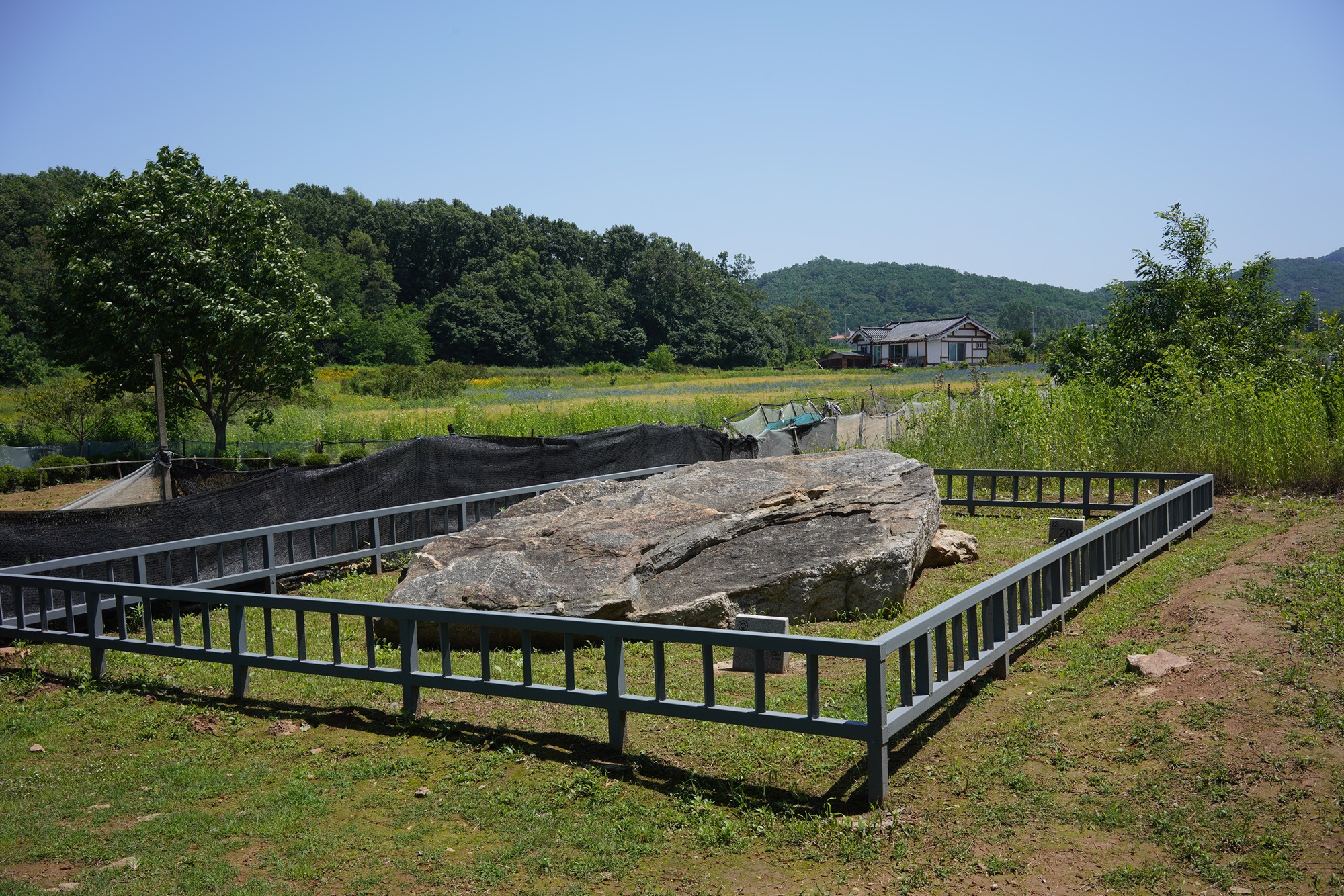
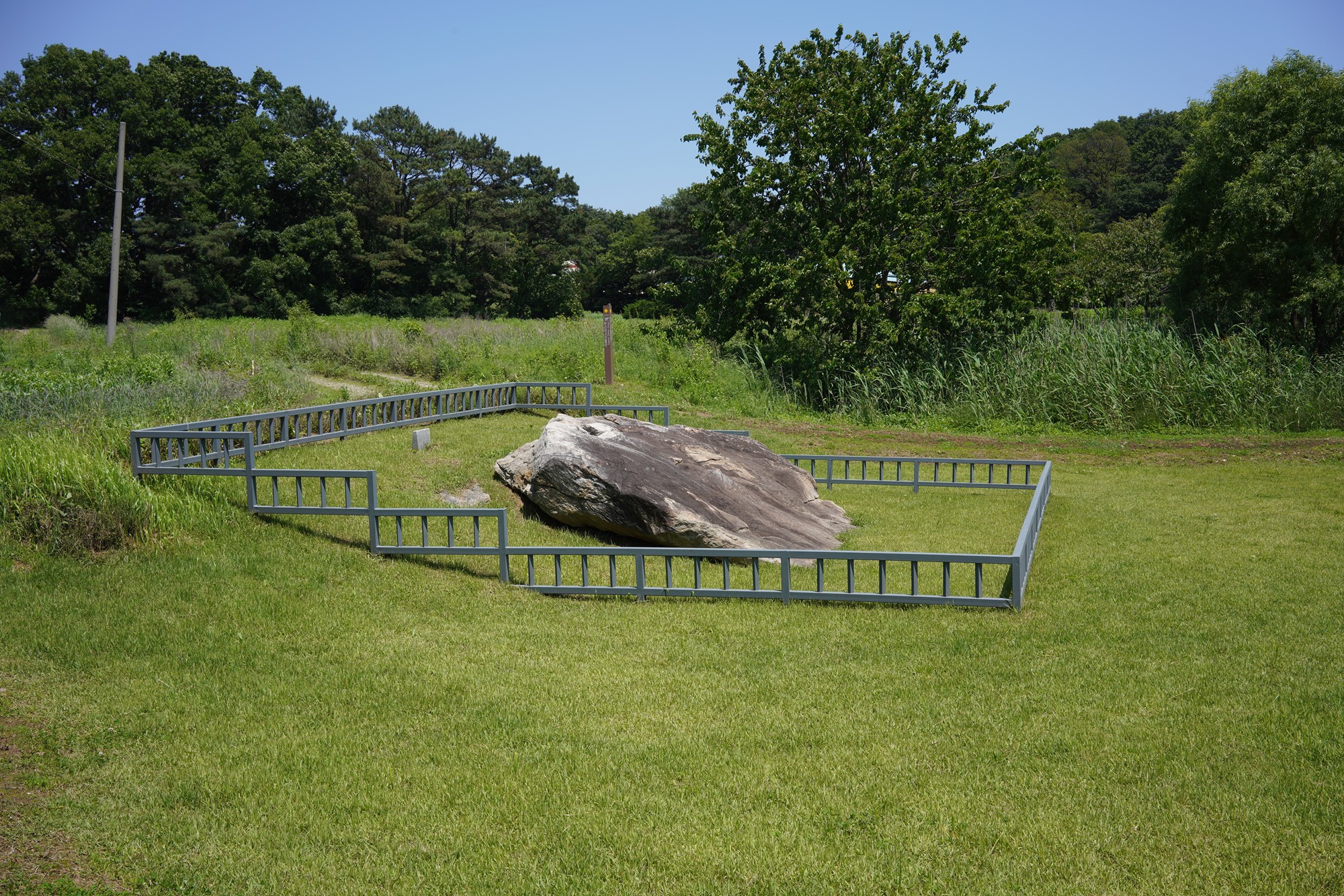
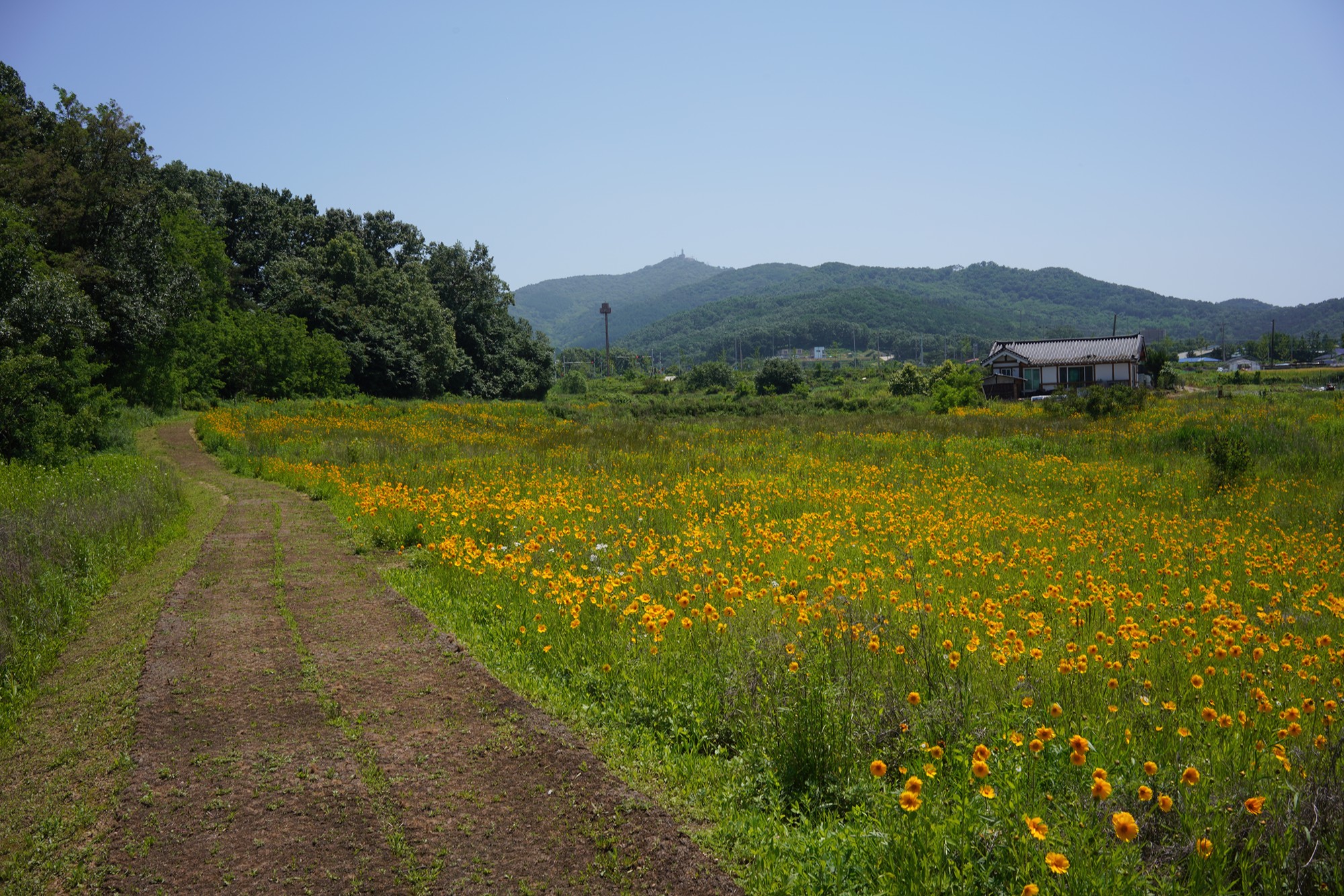

Ganghwa History Museum shows many old potteries discovered on the island.
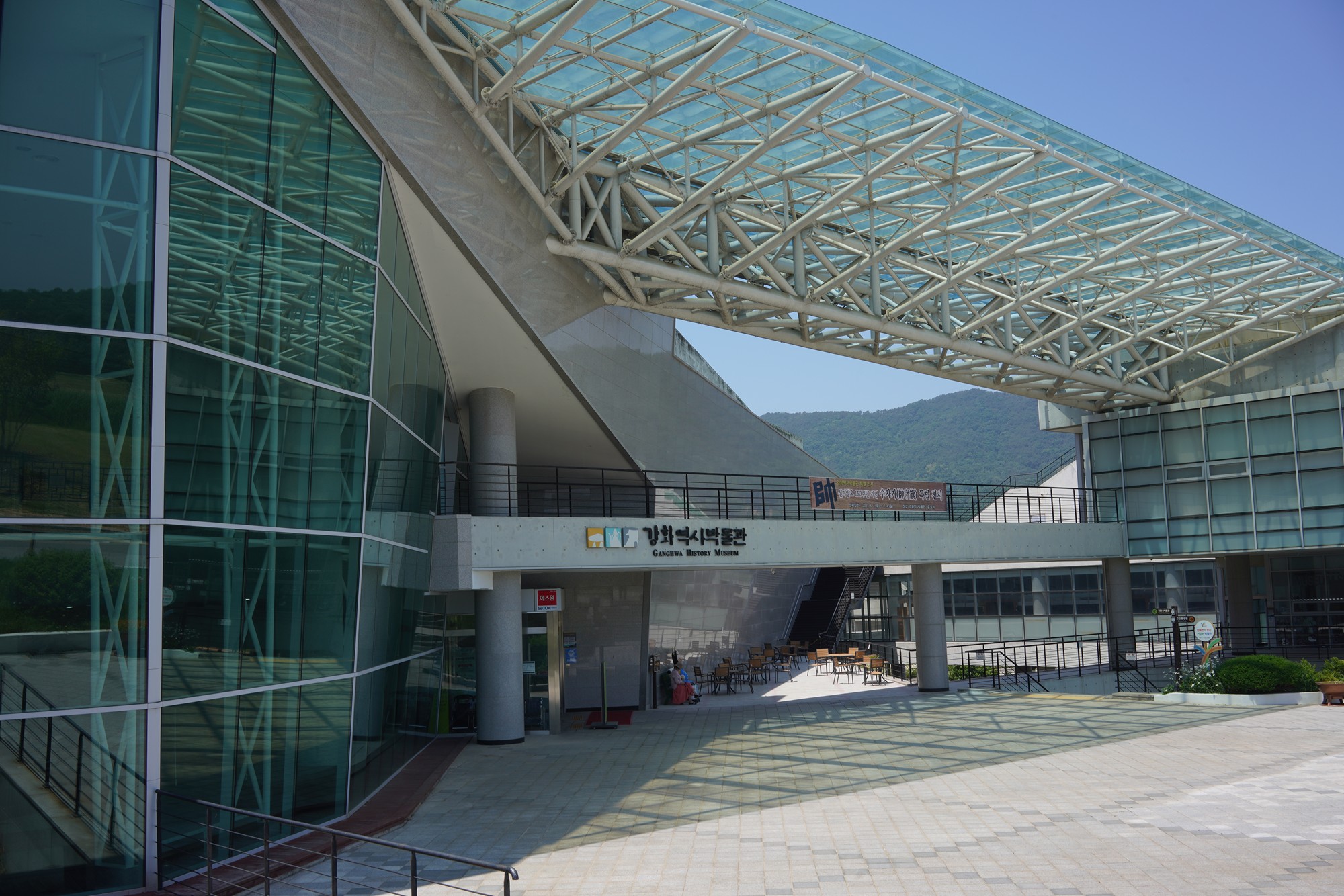
Later Shilla period, year 670 CE.
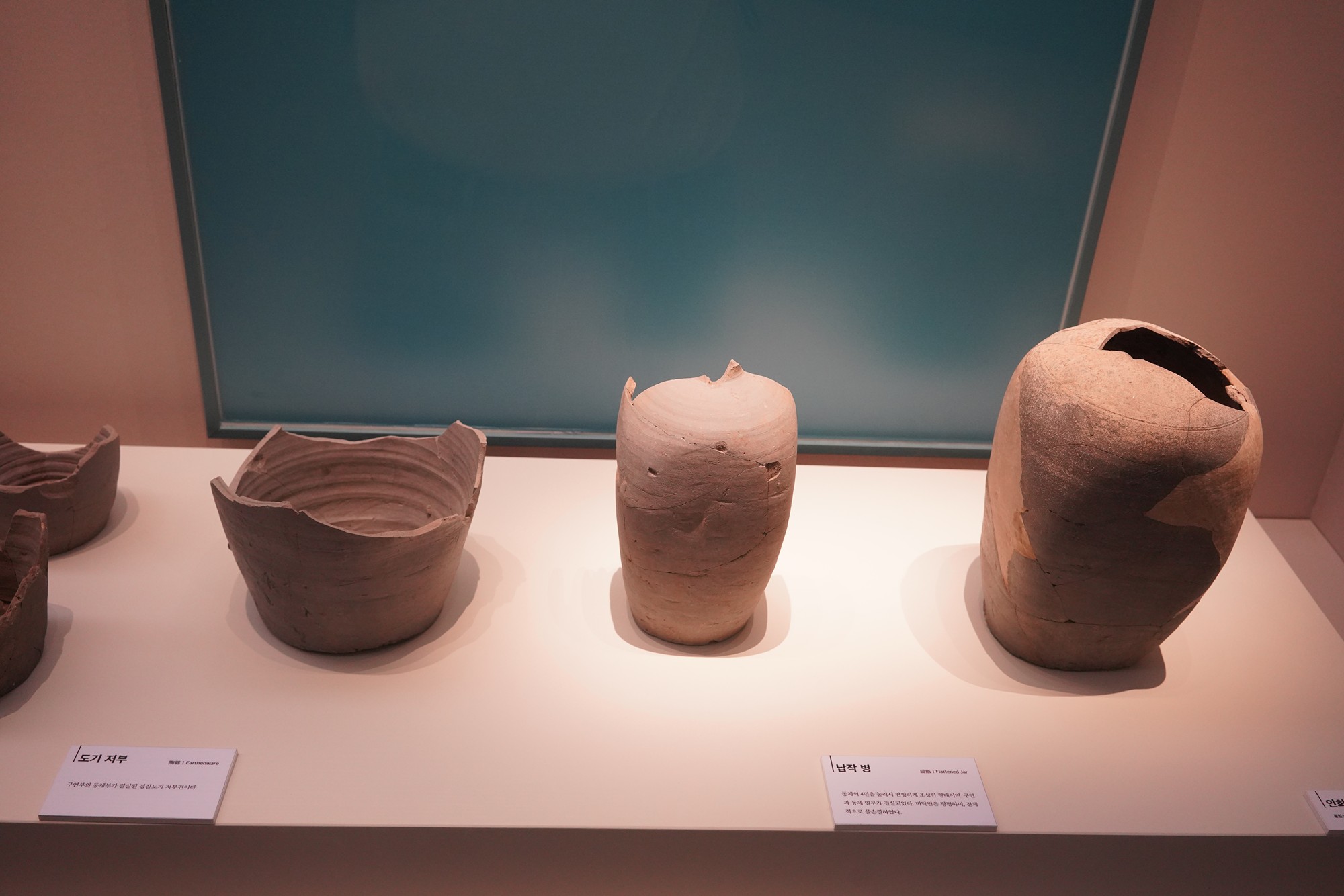

The Lotus Sūtra is one of the most influential and venerated Buddhist Mahāyāna sūtras. Below printing is made by using woodblock printing. The woodblock was created in 1543.
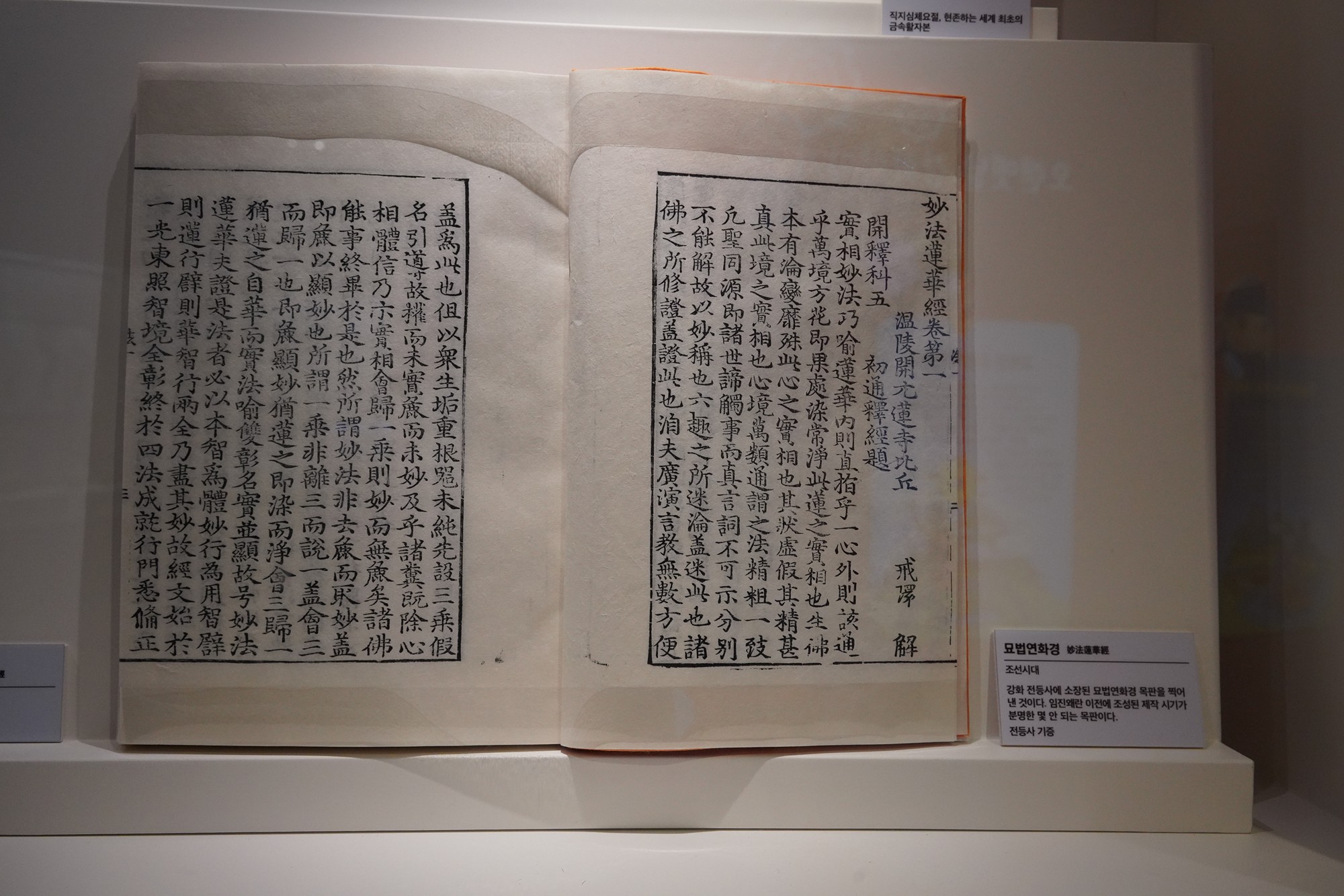
The book below is the world’s first book made using movable metal type, created in the year 1377. The book is about Buddhist teaching.
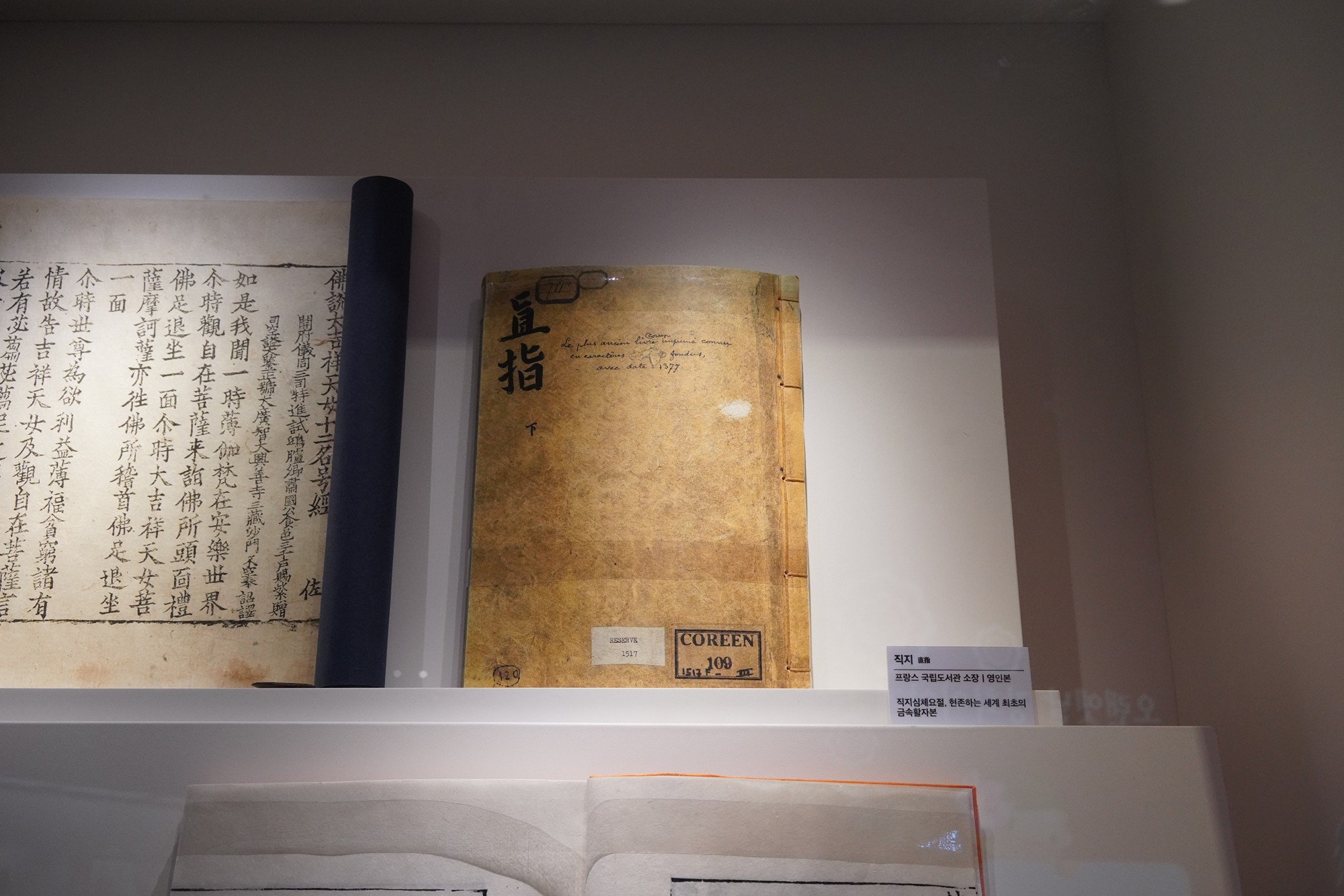
A new Daejanggyeong panel was created because the old one was burned. It is made in the year 1248. Daejanggyeong panel contains Buddhist teachings.
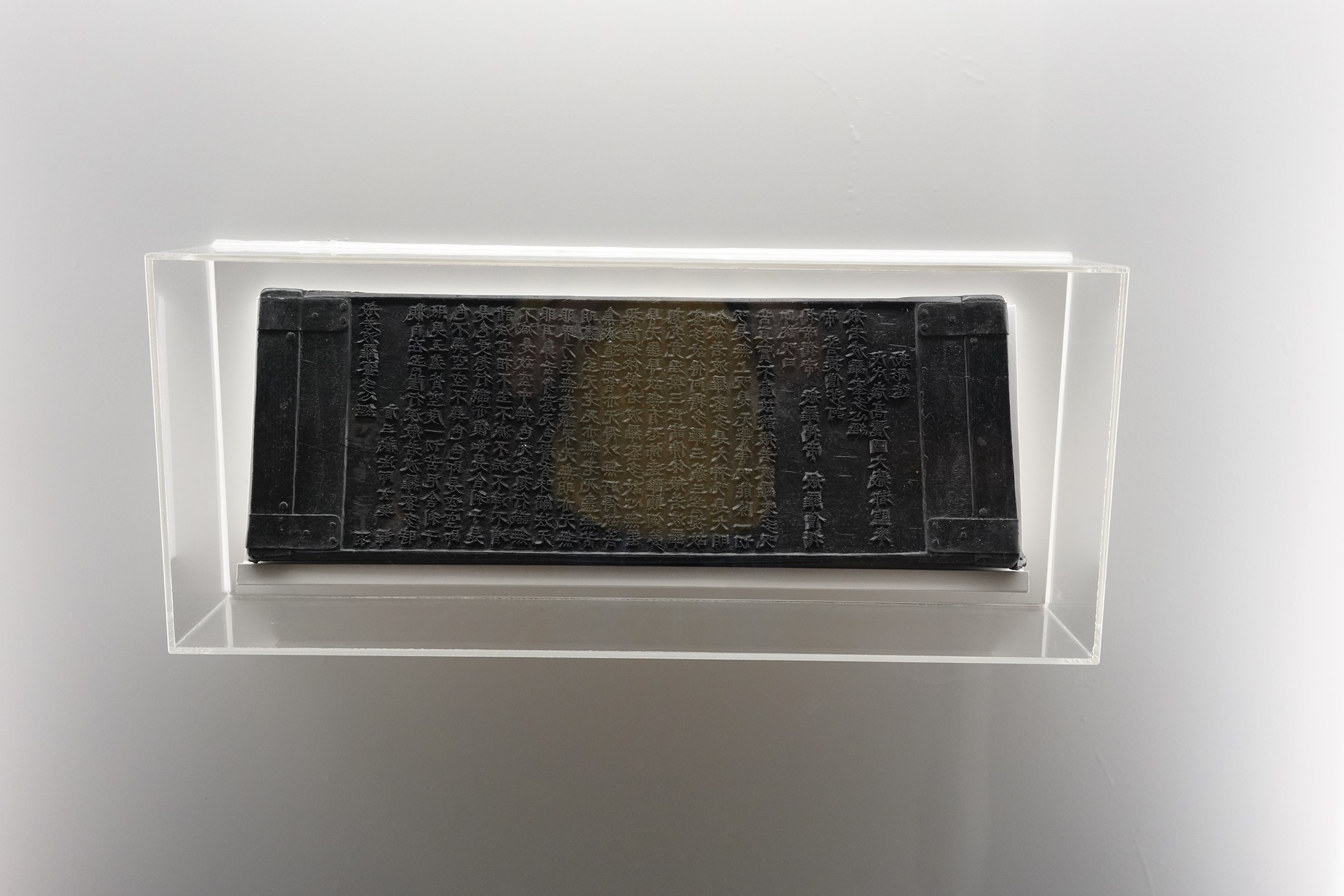
Potteries from Goryeo period, 918–1392 CE.
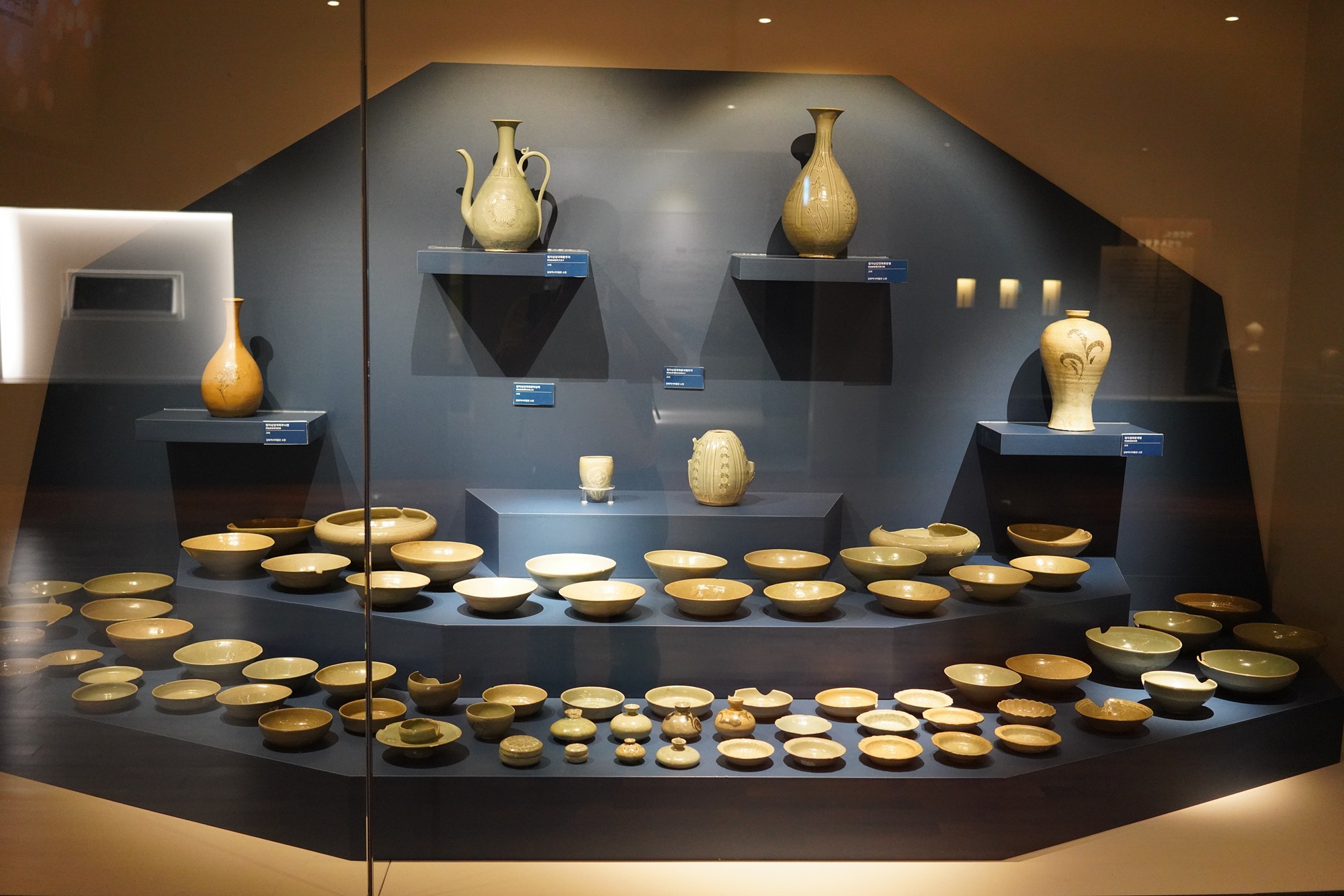
Dongeuibogam, Principles and Practie of Eastern Medicine, Choseon period, 1392-1910 CE.
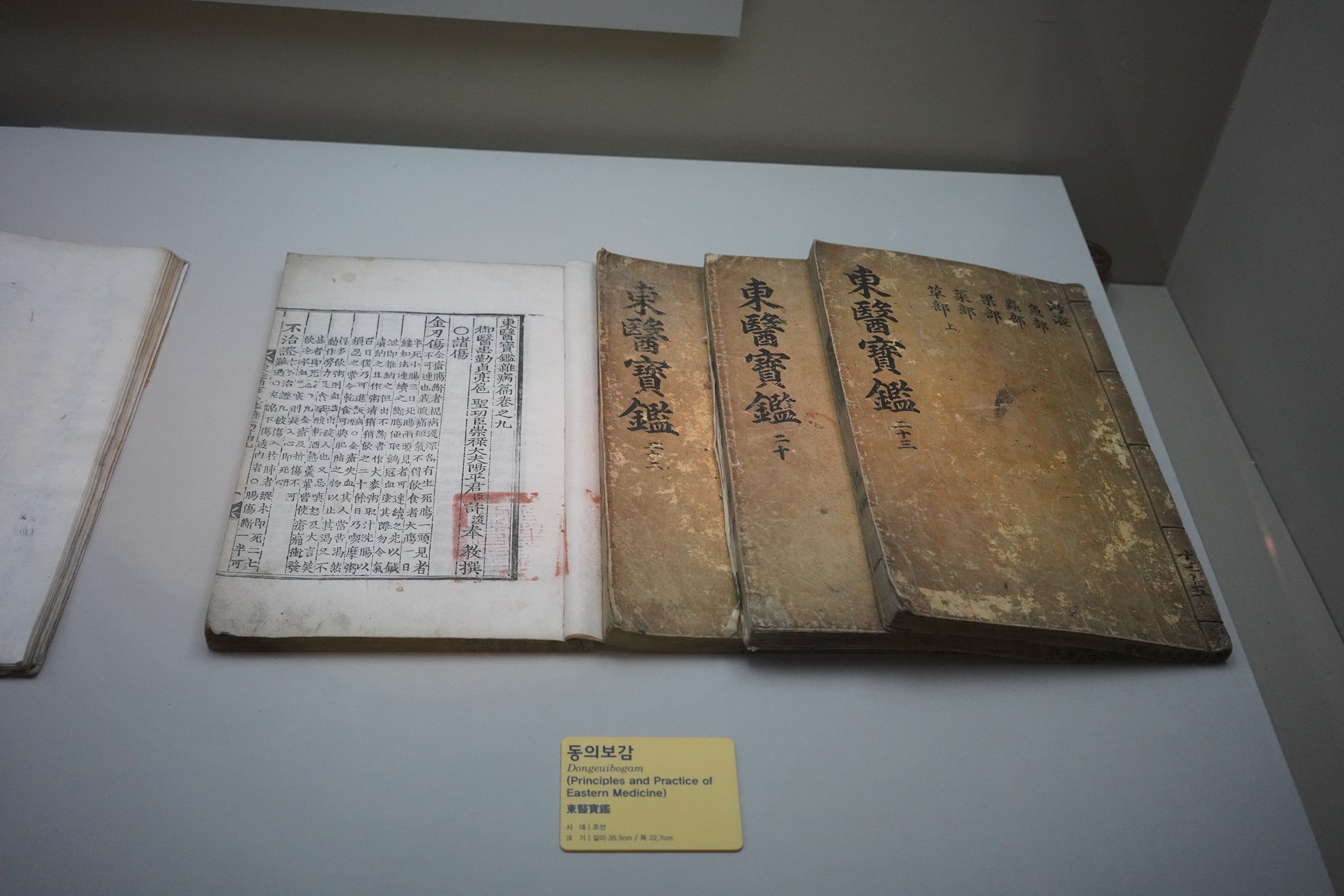
View of a part of the island.
